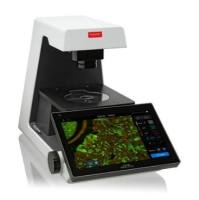Many animals are able to detect a plethora of diverse odorants using arrays of odorant receptors located on the olfactory organs. The olfactory information is subsequently encoded and processed by an overlapping, combinatorial activity of neurons forming complex neural circuits in the brain. In order to functionally dissect this neural circuitry, optical recording techniques allow visualizing spatial as well as temporal aspects of odor representations in populations of olfactory neurons. The fruit fly Drosophila melanogaster has emerged as a highly suitable model system for olfactory research as it allows for the combination of genetic, molecular and physiological analyses. Genes of interest can be ectopically expressed in target regions using different binary transcriptional systems. Thereby, fluorescent calcium indicators can be expressed to monitor neuronal activity in genetically defined subsets of neurons. In this chapter we describe various available genetically encoded calcium sensors (GECIs) and the binary transcriptional systems available for Drosophila to express these GECIs in olfactory neurons. We will explain step-by-step methods for fly brain preparation, introduce different odor application devices, and describe the components needed using a widefield or two-photon imaging system including data acquisition and analysis. Overall, this review provides a guideline for optically monitoring the spatiotemporal neuronal activity evoked by odorants in the Drosophila brain.






